Good air is essential for healthy living. Fearing for their health, more people are looking for ways to improve the air quality inside their homes. Poor air quality can cause respiratory issues, allergies, and chronic diseases.
It seems common sense to have plants inside your home or place of business. These plants enhance the surrounding environment and filter air, therefore raising the standard of living.
Benefits of Indoor Plants
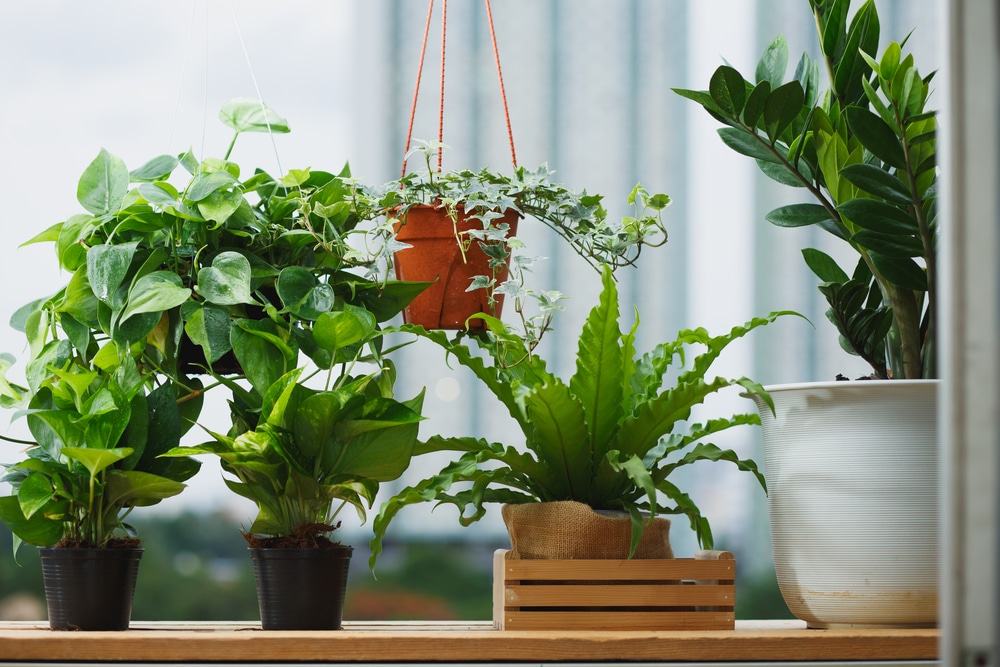
Many houseplants have benefits beyond their beauty. They filter harmful volatile organic chemicals from building materials, home goods, and tobacco smoke.
Plants take in and convert poisons into harmless compounds through their leaves and roots. By raising indoor oxygen levels, photosynthesis reduces stress, headaches, and fatigue, improving overall health.
More than only air purifying, indoor plants are essential to keeping the space comfortable.
Low-humidity interior environments—like those with heating or air conditioning—can lead to difficulties with dry skin, respiratory systems, and susceptibility to viruses and colds.
However, plants are a natural remedy to these issues since the water they shed helps keep the humidity levels appropriate.
The drier interior air during the winter makes this especially helpful in providing a more cozy and healthy living space. All this means that that you have plenty of motivation for keeping your plants healthy.
Choosing the Right Plants
Careful plant selection must maximize the benefits of improved air quality. A couple of indoor plants clean the air and get rid of pollutants. This spider plant, Chrorophytum comosum, filters formaldehyde and xylene.
Good choices are peace lilies (Spathiphyllum spp.), which filter ammonia, trichloroethylene, and benzene. Popular snake plants, or Sansevieria trifasciata, create oxygen every night and need minimal maintenance.
While selecting plants, consider light, room, and upkeep. While some plants require more sunshine, others are adapted to low-light conditions. Maintaining the health of your plants is essential to guarantee that they keep purifying the air.
Routine watering, soil, and fertilizing can keep plants healthy and enhance air purification.
Caring for Your Indoor Plants
Indoor plants need proper care to stay healthy and improve air quality. Plants need different water, light, and soil conditions. To ensure optimal development and air purification, you must research each plant species’ needs.
Finding the appropriate balance is important since overwatering or underwatering can harm plants.
Lighting matters, too. Some plants thrive in dim light, whereas others need intense, indirect sunshine. Artificial grow lights or windows can help plants get enough light. Rotating plants periodically ensures even light exposure and prevents uneven growth.
Dust can inhibit plant leaves’ ability to absorb toxins, so they should be cleaned regularly. To keep leaves clean and functional, wipe them gently with a moist towel.
Pests and diseases can harm plants and limit air purification, so they must be monitored. Natural pest management and sufficient air circulation help keep plants healthy and prevent infestations.
Creating a Greener Indoor Space
Add indoor plants to your home or office to improve air quality and the environment. From filtering contaminants to increasing humidity, choosing the correct plants and caring for them can reap many benefits.
Adding indoor plants to your room is a satisfying and effective approach to enhance well-being and create a more pleasant and colorful ambiance, regardless of plant knowledge.
Remember to keep your plants healthy to ensure they continue to deliver these benefits for years as you travel.

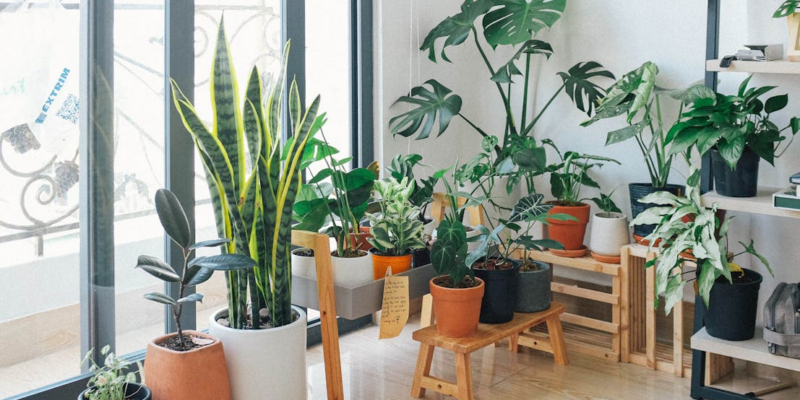


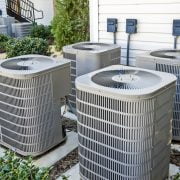
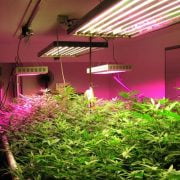
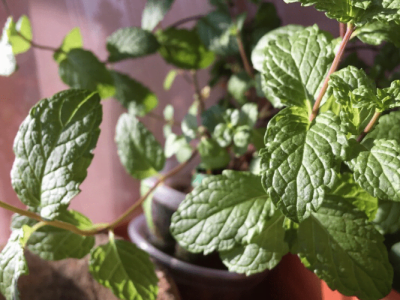
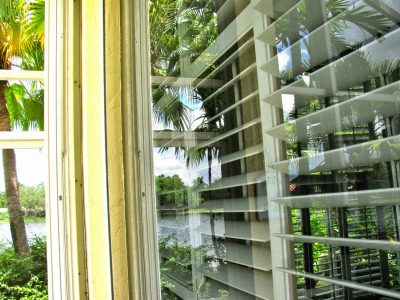

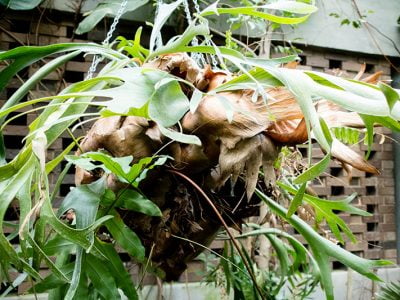
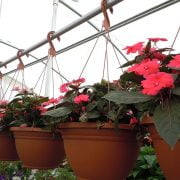



Comments